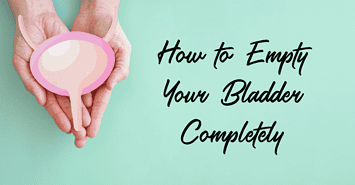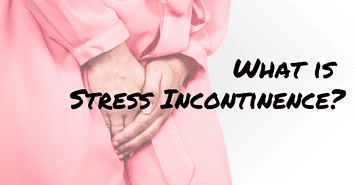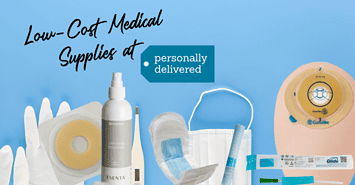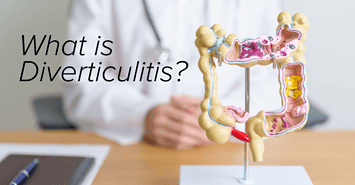Transurethral Needle Ablation of the Prostate
Gear Up for the Great Outdoors: Compact and Portable Medical Supplies for Your Camping, Hunting, and Fishing Adventures
What Do Caregivers Do?
What Are the Best Pads for Incontinence? Your Comprehensive Guide
Why is Mental Health Important?
How to Empty Your Bladder Completely
What is Stress Incontinence?
Low-Cost Medical Supplies at Personally Delivered
What is Diverticulitis? Symptoms and Care Guide
Taking Control of IBS Symptoms: Effective Strategies and Support
What Causes Incontinence in Women?
A Guide to Comfortable Adult Diapers
Transurethral Needle Ablation of the Prostate
Gear Up for the Great Outdoors: Compact and Portable Medical Supplies for Your Camping, Hunting, and Fishing Adventures
What Do Caregivers Do?
What Are the Best Pads for Incontinence? Your Comprehensive Guide
Why is Mental Health Important?
How to Empty Your Bladder Completely
When the control of the flow of urine from the bladder or feces from the bowels is lost, people are experiencing incontinence. As we age, urinary and fecal incontinence occurs more often, but it is not an inevitable consequence. Many times, adjusting some lifestyle and dietary practices can treat the symptoms.
There are four main types of incontinence.
- Stress incontinence: Urine leaks from the bladder due to pressure caused by sneezing, coughing, laughing, or exertion from lifting heavy objects.
- Urge incontinence: An intense and sudden need to urinate leading to urine leaks ranging from a small dribble to large quantities. Urge incontinence may stem from a bladder infection, diabetes, or a neurological disorder and is often frequent at night.
- Overflow incontinence: Small amounts of urine leak when the bladder cannot fully empty after using the restroom.
- Functional incontinence: Also known as disability-associated incontinence, the bladder and bowels may be working properly, but their disability is not allowing them to access the toilet before leakage occurs. Functional incontinence can happen to those with arthritis, dementia, or any other physical or cognitive condition.
If a person suffers from a combination of two or more of these, it is referred to as having mixed incontinence.
Although urinary incontinence and fecal incontinence can be complicated, the good news is that these types of incontinence can be managed. Whether your doctor recommends changes to your diet, suggests daily activities, or offers another treatment option, incontinence products may supplement the plan. By using incontinence products like incontinence briefs and diapers, protective underwear, incontinence pads, underpads, bed pads, and chux, quality of life can be improved.
With so many incontinence products available, we help break them down in our All About Incontinence Pads blog post. For fecal incontinence information, take a look at our Fecal Incontinence Pads page, as well as the Bowel Incontinence in Men and A Guide to Incontinence Bed Pads blog posts. Be sure to check out our Incontinence Resources Blog Category for more tips and resources.
With any questions about the incontinence products we carry, our Product Experts are just a phone call away. We are happy to help guide you through your purchasing journey and make your experience as easy as possible.











